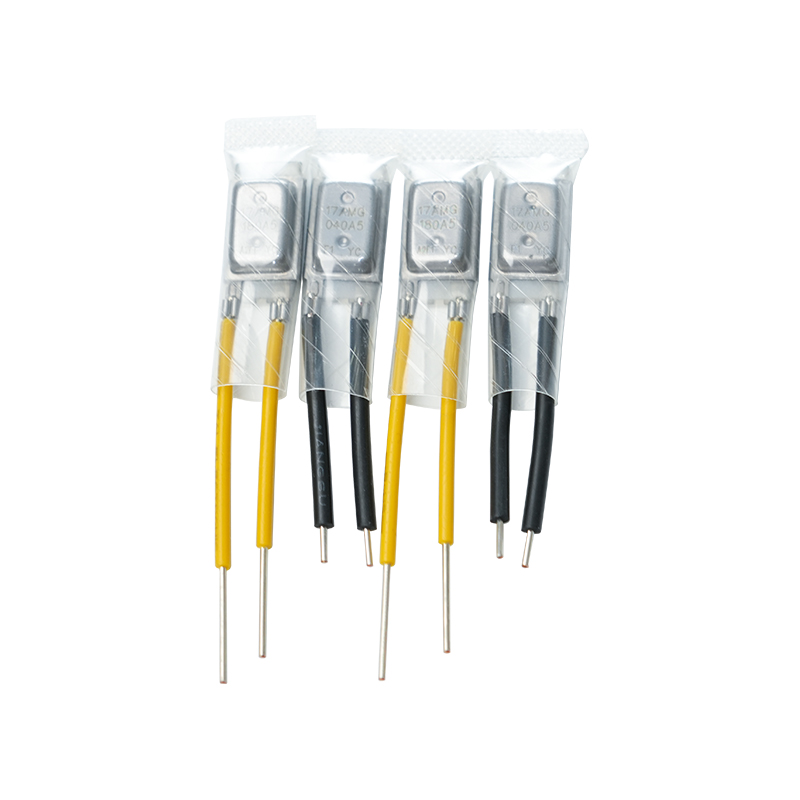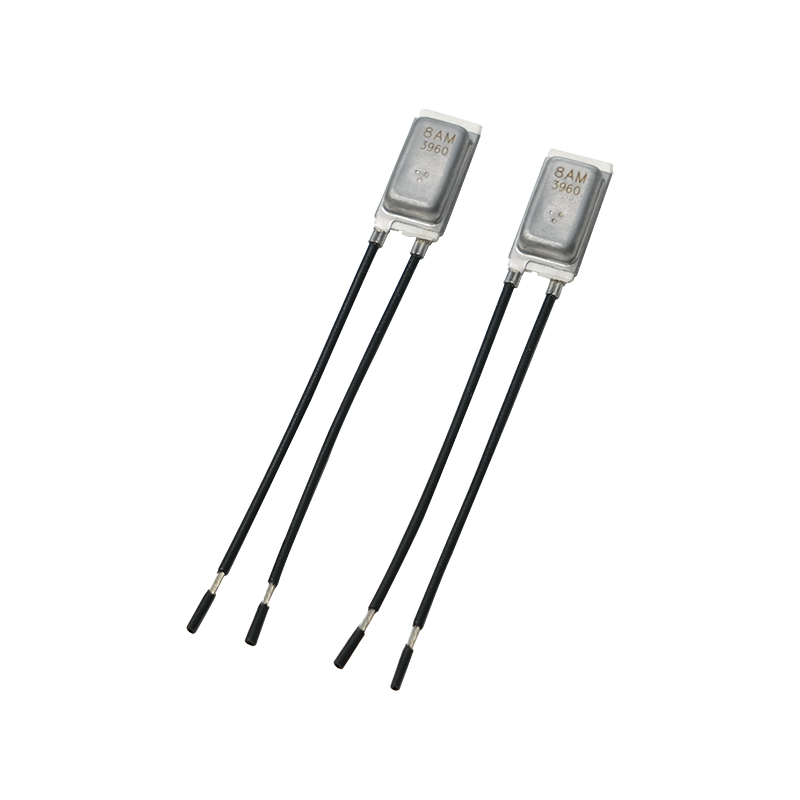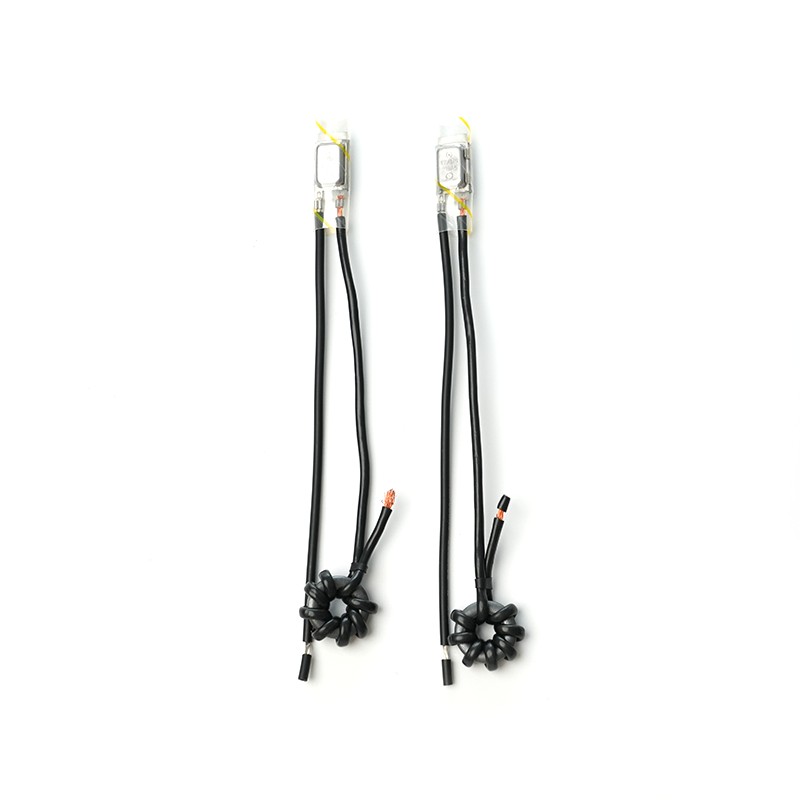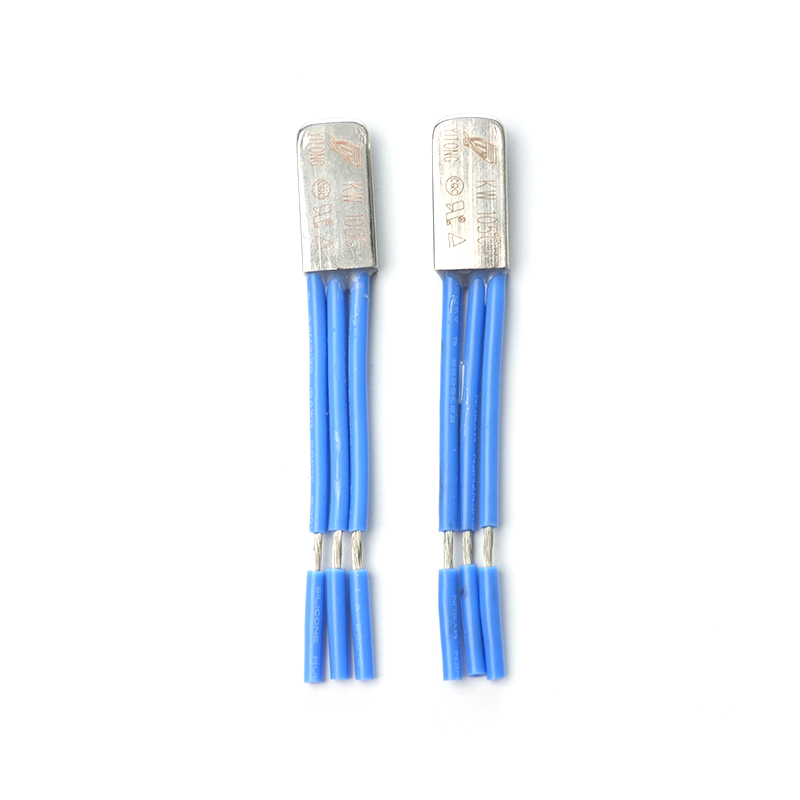How Do Bimetallic and PTC AC Thermal Protectors Differ in Operation and Applications?

AC thermal protectors play a critical role in protecting electrical equipment from damage caused by overheating and excessive current. They are widely used in motors, compressors, air conditioners, refrigeration units, and other household and industrial appliances. Among the most common types are bimetallic thermal protectors and PTC (Positive Temperature Coefficient) thermal protectors. While both serve the purpose of safeguarding devices, they differ significantly in operation principles, characteristics, and applications.
This article provides a detailed analysis of bimetallic and PTC AC thermal protectors, comparing their mechanisms, advantages, limitations, and typical uses across different industries.
1. Overview of AC Thermal Protectors
AC thermal protectors are designed to monitor the temperature of electrical components and interrupt the current when temperatures exceed safe limits. They prevent overheating, fire hazards, and permanent damage to motors and other electrical devices.
Key functions of AC thermal protectors include:
- Overcurrent protection: Tripping when excessive current leads to overheating.
- Motor protection: Preventing burnout of windings due to prolonged operation or mechanical overload.
- System safety: Ensuring appliances operate within designed thermal limits.
Two main types dominate the market: bimetallic thermal protectors, which rely on the physical properties of metals, and PTC thermal protectors, which exploit semiconductor characteristics.
2. Bimetallic AC Thermal Protectors
2.1 Working Principle
Bimetallic thermal protectors are based on the bimetallic strip principle, where two metals with different coefficients of thermal expansion are bonded together. As the temperature rises, the metals expand at different rates, causing the strip to bend or deform.
This mechanical movement either:
- Opens a normally closed electrical contact, breaking the circuit and stopping current flow.
- Closes a normally open contact, depending on design requirements.
Once the bimetallic strip cools down, it returns to its original shape, allowing the circuit to reset automatically or manually, depending on the protector design.
2.2 Key Characteristics
- Temperature Range: Bimetallic protectors can be designed for a wide temperature range, typically between 60°C to 200°C.
- Reset Modes: They can feature automatic reset or manual reset, giving flexibility in different applications.
- Response Time: Generally slower compared to electronic protectors, suitable for devices that tolerate slight delays.
- Durability: Mechanical wear may occur over many cycles, but modern designs offer tens of thousands of operations.
- Cost: Relatively low-cost, simple design makes it economical for many appliances.
2.3 Typical Applications
Bimetallic AC thermal protectors are commonly used in:
- Household appliances: Washing machines, dryers, hairdryers, and irons.
- Motors and compressors: Refrigeration compressors, HVAC motors.
- Industrial equipment: Fans, pumps, small motors.
They are ideal where mechanical simplicity, robustness, and affordability are more important than ultra-fast response times.
3. PTC (Positive Temperature Coefficient) AC Thermal Protectors
3.1 Working Principle
PTC thermal protectors use semiconductor materials with a positive temperature coefficient of resistance. At normal temperatures, the material conducts electricity easily. When the temperature rises beyond a critical threshold:
- The material’s resistance increases sharply, reducing current flow to negligible levels.
- This effect protects the circuit by limiting current without requiring a mechanical switch.
- Once the device cools down, resistance decreases and the protector automatically restores current flow.
Unlike bimetallic protectors, PTC devices have no moving parts, which reduces mechanical wear and allows for very fast response times.
3.2 Key Characteristics
- Self-Resetting: Automatically restores normal operation after cooling.
- Fast Response: Reacts rapidly to temperature changes, providing enhanced protection.
- Compact Size: Semiconductor-based design allows for smaller, lighter protectors.
- Consistency: Performance is highly reproducible across multiple cycles.
- Power Handling: Limited current capacity; PTC protectors are more suitable for low-to-medium power applications.
- Cost: Slightly higher than simple bimetallic designs, but competitive for compact or high-speed applications.
3.3 Typical Applications
PTC thermal protectors are widely used in applications requiring fast response, compact size, and reliable self-resetting capability, such as:
- Small motors: Fans, blowers, and pumps in home appliances.
- Electronic devices: Circuit boards, transformers, and relays.
- Overcurrent protection in chargers and power supplies.
- Refrigeration compressors: Particularly in compact compressors where space is limited.
PTC protectors excel in environments where frequent cycling and rapid response are required, making them ideal for modern electronic devices.
4. Comparison Between Bimetallic and PTC AC Thermal Protectors
| Feature | Bimetallic Thermal Protector | PTC Thermal Protector |
| Working Principle | Mechanical bending of bimetallic strip | Resistance increase in semiconductor |
| Response Time | Moderate | Fast |
| Reset Mode | Automatic or manual | Self-resetting |
| Mechanical Components | Yes | No |
| Durability | High, may wear over time | Very high, no moving parts |
| Cost | Low | Medium |
| Applications | Motors, compressors, household appliances | Small motors, electronics, compact devices |
| Current Handling | High | Medium |
| Precision | Moderate | High |
The table highlights that bimetallic protectors are more suitable for high-current, robust applications, while PTC protectors are preferred for fast-response, compact, or electronic circuits.
5. Advantages of Using AC Thermal Protectors
Regardless of type, AC thermal protectors provide several universal advantages:
- Overheating Protection: Prevent motor winding or electronic component damage.
- Automatic Safety Response: Immediate or self-resetting action prevents fires or catastrophic failures.
- Versatility: Suitable for a wide range of appliances and industrial equipment.
- Longevity: Reduce downtime and maintenance costs by preventing excessive wear.
- Compact and Simple Design: Both types integrate easily into various devices without major design modifications.
By selecting the appropriate type based on load, space, and response requirements, manufacturers can significantly enhance the safety and reliability of their equipment.
6. Factors to Consider When Choosing Between Bimetallic and PTC Protectors
When deciding which AC thermal protector to use, several factors should be considered:
- Current Load and Power Rating: High-power motors may require bimetallic protectors, while small motors and electronic circuits suit PTC protectors.
- Response Time: Fast protection favors PTC devices.
- Mechanical Durability: For frequent cycling, PTC protectors offer longer operational life.
- Space Constraints: PTC protectors are smaller and lighter, making them suitable for compact designs.
- Cost and Simplicity: Bimetallic protectors are simpler and more cost-effective in high-current applications.
Proper selection ensures both optimal protection and efficient operation of the electrical system.
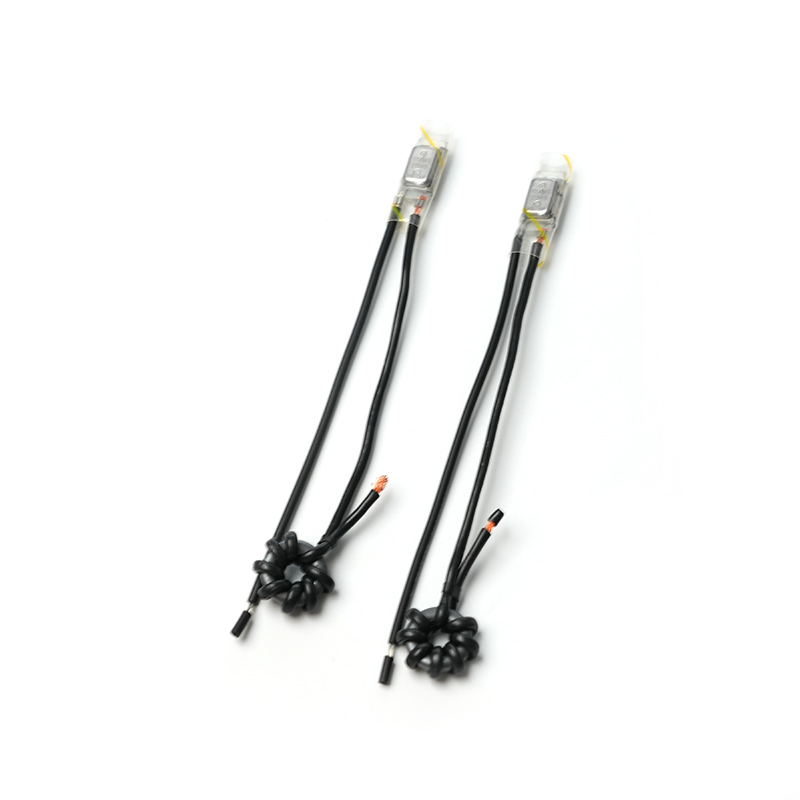
7. Conclusion
Both bimetallic and PTC AC thermal protectors are essential components in modern electrical and electronic systems, providing critical protection against overheating and overcurrent conditions.
- Bimetallic protectors are robust, cost-effective, and capable of handling high currents, making them ideal for motors, compressors, and household appliances.
- PTC protectors, with their fast response, compact size, and self-resetting characteristics, are better suited for small motors, electronic devices, and compact refrigeration units.
By understanding their working principles, advantages, and limitations, engineers and designers can make informed decisions on which type to use, ensuring equipment safety, reliability, and longevity. With the continued evolution of HVAC systems, smart appliances, and electronic devices, both types of AC thermal protectors will remain integral to efficient and safe operation in the years to come.
 English
English